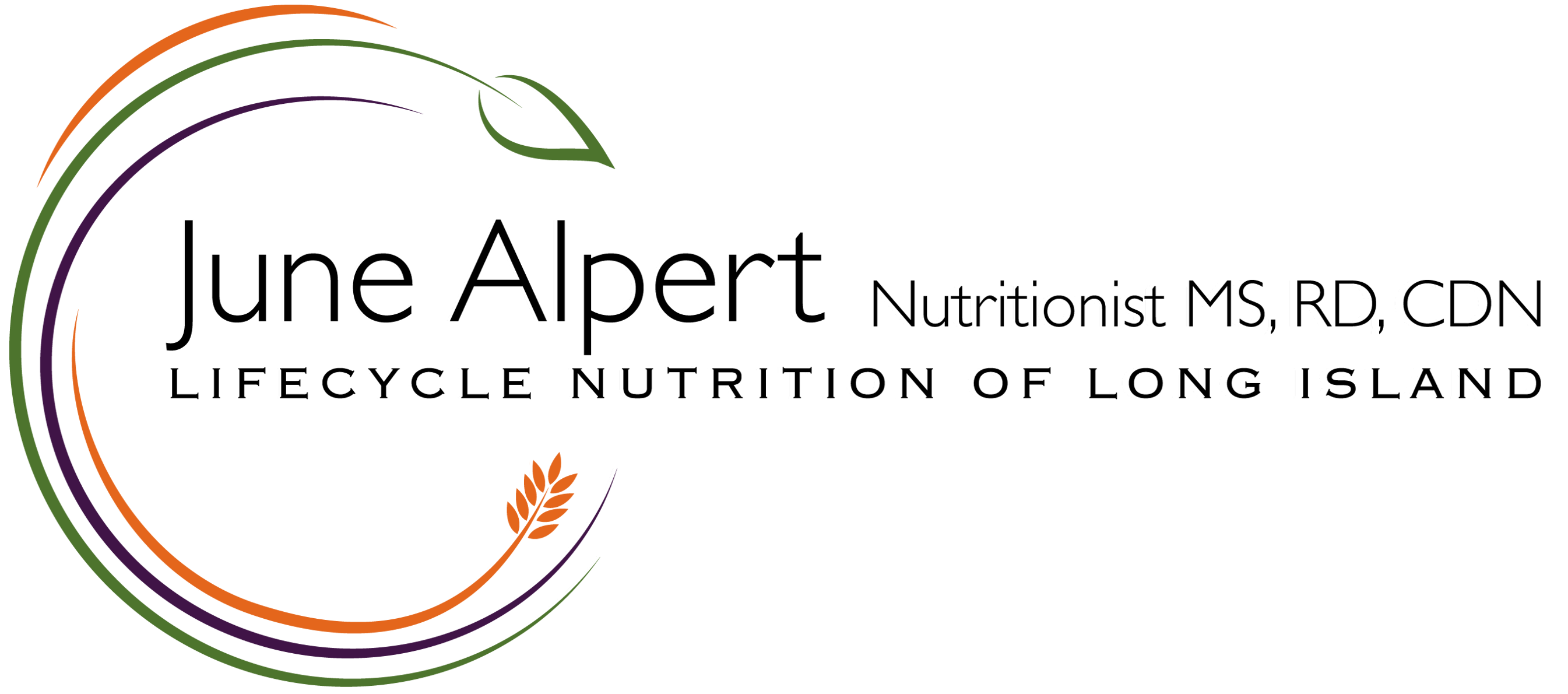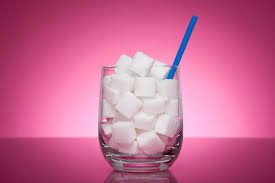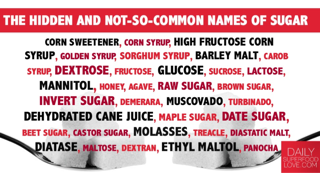What is the difference between natural sugar and added sugar?
Natural sugar refers to two types of sugar: the type found in milk, called lactose, and the type found in fruits and vegetables, called fructose. These sugars are found naturally within these types of food and do not have to be added.
Added sugars are sugars and syrups that are added to foods and beverages as they are processed and prepared. They include table sugar (sucrose), high fructose corn syrup, corn sweeteners, maltose, honey, and nectars. They are found in foods like sodas, soft drinks, candy, and pastries.
How much of each type of sugar should I eat each day?
There are no recommendations for how much natural sugar you should consume each day. Rather, you should try to follow the USDA dietary recommendations by eating a variety of foods, including fruits, vegetables and dairy products. The USDA recommends filing up half of your plate with fruits and vegetables as well as consuming three cups of dairy each day. If you aim to meet these requirements, you will consume enough natural sugar to meet your needs.
In terms of added sugars, you should try to limit these as much as possible; they provide additional calories with no nutritional benefit. The average American consumes about 22 teaspoons or 88 grams of added sugar each day, which adds up to an extra 350 calories per day. This equates to an extra 127,750 calories from added sugar each year, which is the equivalent of eating over 36 pounds! Most of this added sugar comes from the processed food that we eat, with the highest sources including sugary beverages and sports drinks, sugary breakfast cereals, and desserts.
The American Heart Association recommends that men consume no more than 150 calories (which is equal to 9 teaspoons or 37.5 grams) from added sugar each day; while women should consume no more than 100 calories (which is equal to 6 teaspoons or 25 grams) from added sugar each day.
What should you do?
It seems like added sugar is hidden in many of the products that we eat on a daily basis. While it is not feasible to completely eliminate added sugars from our diets, it is possible to limit our intake.
One of the easiest and most impactful things that you can do is to get into a habit of checking food labels. Not only will this make you more health conscious, but it will make you more cognizant of your diet as well as help you to identify and limit high sugar food products.
When inspecting labels, you should avoid products with high amounts of sugar per serving. Manufacturers are not required to differentiate between natural and added sugars in their products, which can make things more difficult. It is a common misconception that these sugars are healthier than white sugar. However, they have no added nutritional benefit relative to white sugar and should be avoided. Ultimately, you should avoid any products that have some type of sugar listed as one of their first few ingredients.
To help identify sources of added sugar, you should look out for ingredients ending in “ose”, like glucose, maltose, and fructose.
Sugar by any other name is still the same, so it is best to avoid or minimize all added sugars in your diet:
Here are some other tips to help you reduce your sugar consumption:
- Choose water and unsweetened beverages over sugary sodas and sports drinks.
- Eat fresh fruit instead of drinking fruit juice.
- Switch from high-sugar breakfast cereals to cereal containing less than 6g per serving. You can also try home-made, unsweetened oatmeal topped with fresh fruit and cinnamon Condiments like ketchup and salad dressings have loads of added sugar. Use these condiments sparingly or switch to reduced sugar/calorie versions.
- Try “light”, no sugar added, food products instead of regular versions (i.e. light yogurt instead of regular yogurt).

 hover background
hover background
